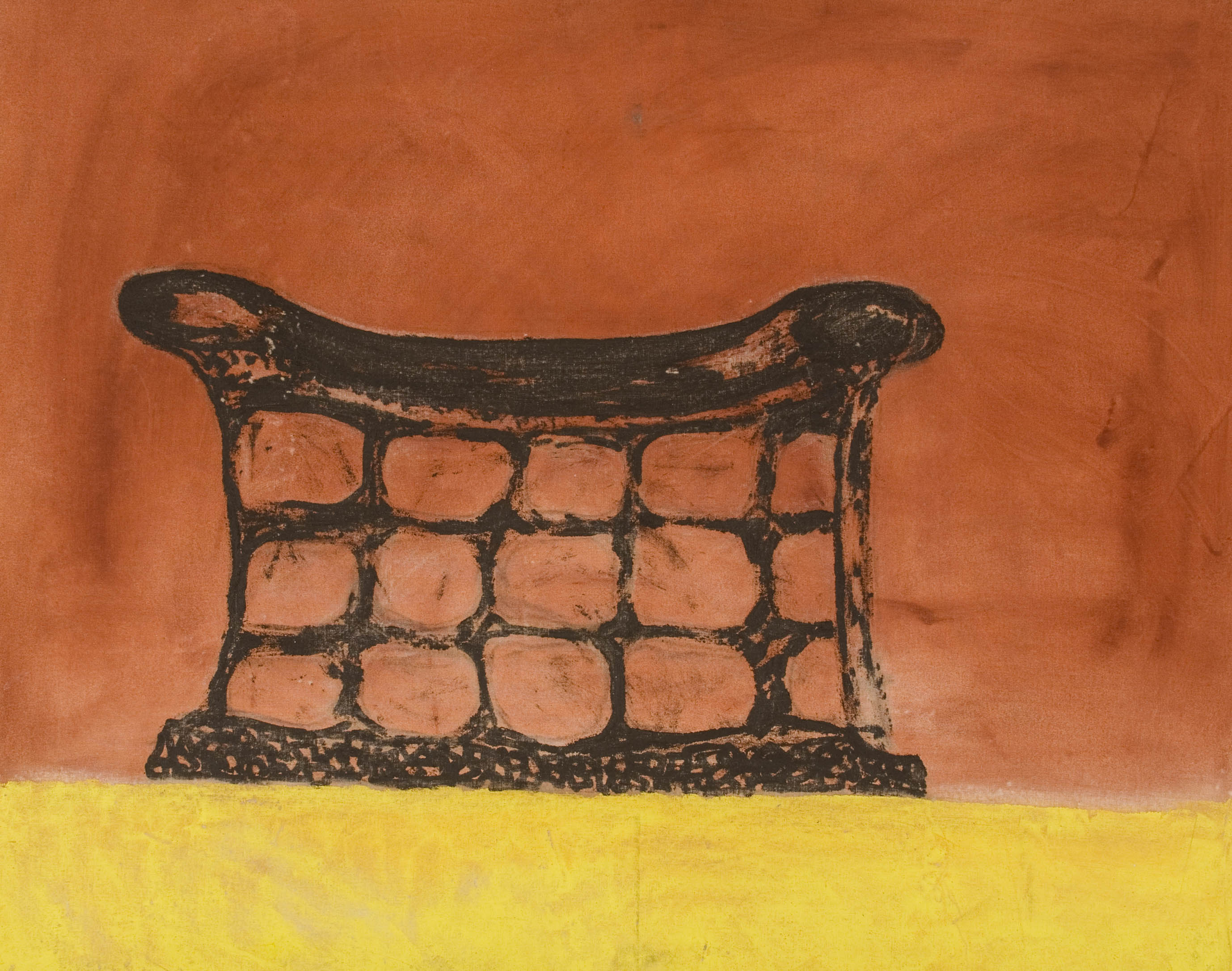Safe space: Fuba celebrates 40 years of giving black artists a place to thrive in the art world. The special exhibition and talks take place on the Keyes Art Mile this weekend. Photo: Delwyn Verasamy
Most professionals, artists, academics and students can tell you about the isolation of working within institutions of power. They talk about the deep psychological discomfort, the dissonance and the harsh silencing of the inner true self. This makes a case for safe spaces.
The Federated Union of Black Artists (Fuba) is one such space. It was cofounded in 1978 by artists, writers and musicians in Johannesburg as a learning centre and to support black artists regarding ownership and distribution of their works to benefit economically from their art. Fuba helped to boost the careers of black artists within the restrictions of apartheid.
Fuba became a transgressive and disruptive safe space for black artists — a space beyond just the physical realm, best articulated in the Visual Arts Network of South Africa’s 2016 Best Practice Guide as “the constitution of some longer-term entity that produces projects, exhibitions, workshops and other performance (as opposed to the fixed-term nature of a festival)”.
Fuba did not exist in isolation. Many other art institutions, projects and centres were bedrocks for black critical thought in the arts. One such institution, the White Studio, was an art school in Sophiatown, established in 1944 by John Koenakeefe Mohl, who later became a teacher, mentor and adviser to artist Mmakgabo Helen Sebidi.
The art school was specifically founded to unearth, encourage and train African talent, particularly within the medium of painting. It existed until the demolition of Sophiatown in 1955 on the back of the Native Resettlement Act of 1954.
In 1985, David Koloane, who taught at Fuba and was its first curator, cofounded the Thupelo Art Project with artists Bill Ainslie.
Currently, Thupelo takes the form of a two-week workshop geared towards bringing together artists from diverse backgrounds and providing them with an intense and supportive environment in which they can experiment and exchange ideas.
Similar initiatives and institutions include the Katlehong Art Centre, founded in 1977 by members of the Katlehong Art Society (Morningstar Motaung, Stanley Nkosi, Napo Mokoena and Lucas Sithole) and the Eaon group founded in District Six in 1933 by Helen Southern-Holt.
All these institutions played a role in involving communities with artists, thus promoting the true essence of ubuntu within a state that perpetuated the myth of black inferiority. These institutions opened up possibilities by harnessing potential and allowing for exploration and experimentation with ideas, techniques and materials.
In commemoration of Fuba’s 40th anniversary, the Friends of Johannesburg Art Gallery and Keyes Art Mile will present an exhibition featuring Fuba alumni, alongside a curated programme of talks. The artworks in the exhibition have been borrowed from galleries as well as public and private collections to create a retrospective that pays tribute to the movement’s legacy. The exhibition is an ode to and celebration of Fuba’s contribution to South Africa’s contemporary cultural identity.

Legacy: At the End of the Dayby Bongi Dhlomo-Mautloa is one of the works on exhibit by Fuba alumni
There is also a curated programme of talks.
Despite all the struggles and gains along the way, the art industry can still be exclusionary and exploitative — made more complex by the fact that it is an industry that relies on patronage and in which curators and galleries have to advocate for artists. It seems collective power might be a powerful option to ensure inclusion, recognition and reward for a greater range of artists.
What we can hope to gain from the creation of spaces such as Fuba is freedom: from the sharp reductionist gaze of the West, which is obsessed with funnelling work through the very same canon from which
Africans were excluded; freedom to inquire and experiment; and freedom to fail and transform without ever having to explain our humanity.
This could be the freedom of spaces where blackness (in all its nuance, complexity and imperfection) can blossom and flourish, the freedom of spaces that act as loci of creativity and community; spaces where ideas are conjured and selves are made.
The exhibition will take place on November 17 at Keyes Art Mile in Rosebank, Johannesburg, and will be open between 10am and 5pm